Ever since humans first noticed the regular movement of the Sun and the stars, we have wondered about the passage of time. Prehistoric people first recorded the phases of the Moon some 30,000 years ago, and recording time has been a way by which humanity has observed the heavens and represented the progress of civilization.
Natural Events
The earliest natural events to be recognised were in the heavens, but during the course of the year there were many other events that indicated significant changes in the environment. Seasonal winds and rains, the flooding of rivers, the flowering of trees and plants, and the breeding cycles or migration of animals and birds, all led to natural divisions of the year, and further observation and local customs led to the recognition of the seasons.
Measuring time by the Sun, the Moon and the Stars
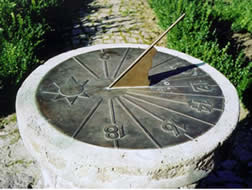 A sundial with roman numerals. As you look at this dial, which direction are you facing? |
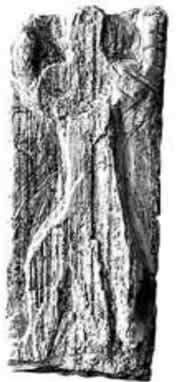 Prehistoric carving said to represent the Orion constellation | The oldest image of a star pattern, the constellation of Orion, has been recognised on a piece of mammoth tusk some 32,500 years old. The constellation Orion is symbolized by a man standing with his right arm raised and a sword at his belt and can be seen throughout the world at different times of the year. Orion was the sun god of the Egyptians and Phonecians and called the 'strong one' by the Arabs. In parts of Africa, his belt and sword are known as 'three dogs chasing three pigs' and the Borana people of East Africa based a sophisticated calendar on observations of star clusters near Orion's belt. Orion contains some of the brightest stars in the southern part of the winter sky in the northern hemisphere and can be seen later in the southern hemisphere. |  The three stars of Orion's belt and the red star of his right arm can be easily recognised |
The earliest Egyptian Star Map is about 3,500 years old and shows the most unusual conjunction of the planets (Venus, Mercury, Saturn and Jupiter) in the constellation of Orion and the occurrence of a solar eclipse that happened in 1534 BCE.
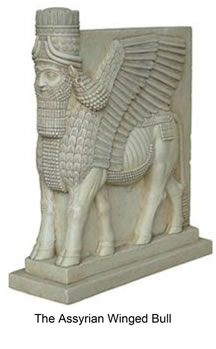 | Babylonian records of observations of heavenly events date back to 1,600 BCE. The reason for adopting their arithmetic system is probably because 60 has many divisors, and their decision to adopt 360 days as the length of the year and 3600 in a circle was based on their existing mathematics and the convenience that the sun moves through the sky relative to fixed stars at about 1degree each day. The constellation Taurus, the bull, a symbol of strength and fertility, figures prominently in the mythology of nearly all early civilizations, from Babylon and India to northern Europe. The Assyrian winged man-headed bull had the strength of a bull, the swiftness of a bird and human intelligence. |
From about 700 BCE the Babylonians began to develop a mathematical theory of astronomy, but the equally divided 12-constellation zodiac appears later about 500 BCE to correspond to their year of 12 months of 30 days each. Their base 60 fraction system which we still use today (degrees / hours, minutes and seconds) was much easier to calculate with than the fractions used in Egypt or Greece, and remained the main calculation tool for astronomers until after the 16th century, when decimal notation began to take over.
The earliest archaeological evidence of Chinese calendars appears about 2,000 BCE. They show a 12 month year with the occasional occurrence of a 13th month. However, traditional Chinese records suggest the origin of a calendar of 366 days depending on the movements of the Sun and the Moon as early as 3,000 BCE. Over such a long period of observation, Chinese astronomers became aware that their calendar was not accurate, and by the second century CE it was recognised that the calendar became unreliable every 300 years. This problem is called Precession and was recorded by Chinese historians in the fourth and fifth centuries CE. In the fifth century CE the scholar Zu Chongzi created the first calendar which took precession into account, and the most comprehensive calendar was the Dayan Calendar compiled in the Tang Dynasty (616-907 CE) well ahead of any such development in Europe.
Precession is due to the gradual movement of the Earth's rotational axis in a circle with respect to the fixed stars. This movement produces a slow 'wobble' which means that the positions of the stars complete a cycle of about 26,000 years. The Earth's axis completes a circuit about once every 26,000 years | 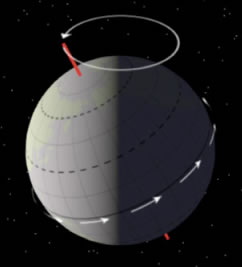 |
In the Mediterranean, Hipparchus made the earliest calculations of precession in about 160 BCE. The problem was taken up by astronomers in the Middle East and India who recognized that precession gradually altered the length of the year. Calendars have had to be altered regularly. In 325 CE the spring (vernal) equinox had moved to March 21. The Emperor Constantine established dates for the Christian holidays, but Easter is based on the date of the vernal equinox which varies every year because the equinox is an astronomical event. By 1582 the vernal equinox had moved another ten days and Pope Gregory established a new calendar, and this change is the reason for having an extra day in every leap year. However, there are still small changes accumulating, and one day we shall have to adopt a new calendar!
Inventions for measuring and regulating time
The early inventions were made to divide the day or the night into different periods in order to regulate work or ritual, so the lengths of the time periods varied greatly from place to place and from one culture to another.
Oil Lamps
There is archaeological evidence of oil lamps about 4,000 BCE, and the Chinese were using oil for heating and lighting by 2,000 BCE. Oil lamps are still significant in religious practices, symbolic of the journey from darkness and ignorance to light and knowledge. The shape of the lamp gradually evolved into the typical pottery style shown. It was possible to devise a way of measuring the level in the oil reservoir to measure the passing of time.
Clay Oil lamp
Candle timer
Candle Clocks
Marked candles were used for telling the time in China from the sixth century CE. There is a popular story that King Alfred the Great invented the candle clock, but we know they were in use in England from the tenth century CE. However, the rate of burning is subject to draughts, and the variable quality of the wax. Like oil lamps, candles were used to mark the passage of time from one event to another, rather than tell the time of day.
Water Clocks
The water clock, or clepsydra, appears to have been invented about 1,500 BCE and was a device which relied on the steady flow of water from or into a container. Measurements could be marked on the container or on a receptacle for the water. In comparison with the candle or the oil lamp, the clepsydra was more reliable, but the water flow still depended on the variation of pressure from the head of water in the container.
Astronomical and astrological clock making was developed in China from 200 to 1300 CE. Early Chinese clepsydras drove various mechanisms illustrating astronomical phenomena. The astronomer Su Sung and his associates built an elaborate clepsydra in 1088 CE. This device incorporated a water-driven bucket system originally invented about 725 CE. Among the displays were a bronze power-driven rotating celestial globe, and manikins that rang gongs, and indicated special times of the day.
Clepsydra
Improvements were made to regulate the flow by maintaining a constant head of water
Su Sung water clock
Su Sung's astronomical water clock
sand glass
Sandglass
Hour Glasses or Sandglasses
As the technology of glass-blowing developed, from some time in the 14th century it became possible to make sandglasses. Originally, sandglasses were used as a measure for periods of time like the lamps or candles, but as clocks became more accurate they were used to calibrate sandglasses to measure specific periods of time, and to determine the duration of sermons, university lectures, and even periods of torture.
The Division of the Day and the Length of the 'Hour'
An Egyptian sundial from about 1,500 BCE is the earliest evidence of the division of the day into equal parts, but the sundial was no use at night. The passage of time was extremely important for astronomers and priests who were responsible for determining the exact hour for the daily rituals and for the important religious festivals, so a water clock was invented.
Egyptian water clock
The Merkhet
The Egyptians improved upon the sundial with a 'merkhet', one of the oldest known astronomical instruments. It was developed around 600 BCE and uses a string with a weight as a plumb line to obtain a true vertical line, as in the picture. The other object is the rib of a palm leaf, stripped of its fronds and split at one end, making a thin slit for a sight.
A pair of merkhets were used to establish a North-South direction by lining them up one behind the other with the Pole Star. Viewing the plumb lines through the sight made sure the two merkhets and the sight were in the same straight line with the Pole Star. This allowed for the measurement of night-time events with a water clock when certain stars crossed the vertical plumb line (a 'transit line'), and these events could then be recorded by 'night-time lines' drawn on a sundial.
See also 'Note 1' below.
Egyptian Merkhet
An Egyptian Merkhet. The wooden upright has a notch to use as a sight when using two plumb lines
There are various theories about how the 24 hour day developed. The fact that the day was divided into 12 hours might be because 12 is a factor of 60, and both the Babylonian and Egyptian civilisations recognised a zodiac cycle of 12 constellations. On the other hand, (excuse the pun) finger-counting with base 12 was a possibility. The fingers each have 3 joints, and so counting on the joints gives one 'full hand' of 12.
.
In about 50 BCE Andronikos of Kyrrhestes, built the Tower of Winds in Athens. This was a water clock combined with Sundials positioned in the eight principal wind directions. By then it was the most accurate device built for keeping time.
Tower of Winds
The Tower of the Winds in Athens contained a clepsydra and shows the North-East, North and North-West deities in this picture
Hours did not have a fixed length until the Greeks decided they needed such a system for theoretical calculations. Hipparchus proposed dividing the day equally into 24 hours which came to be known as equinoctial hours. They are based on 12 hours of daylight and 12 hours of darkness on the days of the Equinoxes. However, ordinary people continued to use seasonally varying hours for a long time. Only with the advent of mechanical clocks in Europe in the 14th Century, did the system we use today become commonly accepted.
Earliest mechanical clock
Mechanical clocks replaced the old water clocks, and the first clock escapement mechanism appears to have been invented in 1275. The first drawing of an escapement was given by Jacopo di Dondi in 1364. In the early-to-mid-14th century, large mechanical clocks began to appear in the towers of several cities. There is no evidence or record of the working models of these public clocks that were weight-driven. All had the same basic problem: the period of oscillation of the mechanism depended heavily on the driving force of the weights and the friction in the drive.
In later Mediaeval times elaborate clocks were built in public places. This is the Astronomical clock in Prague, parts of which date from about 1410.
Weight clock Prague astronomical clock
This mechanism illustrates a basic escapement. The weight rotates the drum which drives the toothed wheel which gives the mechnism its "tick-tock" movement
Prague Astronomical Clock
Showing the Zodiac Circles and early versions of the digits 2, 3, 4 and 7
The earliest surviving spring driven clock can be found in the science museum in London and dates from about 1450. Replacing the heavy drive weights with a spring permitted smaller and portable clocks and watches.
More Accurate Mechanical Clocks
Christiaan Huygens made the first pendulum clock, regulated by a mechanism with a "natural" period of oscillation in 1656. Galileo studied pendulum motion as early as 1582, but his design for a clock was not built before his death. Huygens' pendulum clock had an error of less than 1 minute a day, and his later refinements reduced his clock's errors to less than 10 seconds a day.
There was no device for keeping accurate time at sea until John Harrison, a carpenter and instrument maker, refined techniques for temperature compensation and found new ways of reducing friction. By 1761, he had built a marine chronometer with a spring and balance wheel escapement that kept very accurate time. With the final version of his chronometer, which looked like a large pocket watch, he achieved a means of determining longitude to within one-half a degree.
It was not until 1884 that a conference at Greenwich reached agreement on global time measurement and adopted Greenwich Mean Time as the international standard. Today we rely on atomic clocks for our most accurate time measurements.
Pendulum clock
The pendulum moves the lever which creates the rocking movement of the escapement N.B. Pedagogical notes related to measurement and time can be found by clicking on the " Notes " tab at the top of this article.
Supporting notes
Note 1
When you think about the problem - we can find due South easily from the sun at midday. Looking at the night sky, we eventually deduce that there is a fixed point in the heavens around which all the stars rotate once every day (24 hours). This is where we find the 'Pole Star' (from the Great Bear or Ursa Major, measure the distance of about four lengths of the two stars at the end, 'the pointers' to find Polaris). This is the Celestial Pole - which was different for the Egyptians from today because of the phenomenon of Precession.
Up to about 1,900 BCE the Celestial Pole was Thuban a star in the 'tail' of the constellation Draco. By 1,000 BCE it was Thuban in the constellation Ursa Minor. Today Polaris is the last star in the 'tail' of Ursa Minor.
Note 2
'Sun time' and 'clock time' are different. Sun time is based on the fact that the sun reaches its highest point (the meridian), in the middle of the day, and on the next day at its highest point, it will have completed a full cycle. However, the time between the sun reaching successive meridians is often different from clock time. According to clock time, from May to August, the day is close to 24 hours, but in late October the days are about 15 minutes shorter, while in mid February the days are about 14 minutes longer. For our daily routines, it is important to have a constant 'clock time' of 24 hours. This variation is called the 'Equation of Time' and shows the relationship between sun time and clock time. The variation has two causes; the plane of the Earth's equator is inclined to the Earth's orbit around the Sun, and the orbit of the Earth around the sun is an ellipse and not a circle. The National Maritime Museum website shows two separate graphs for these causes, and a third graph where they are combined to give the full correction.
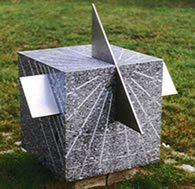
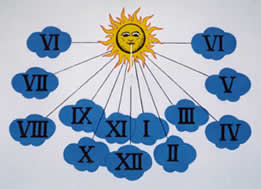
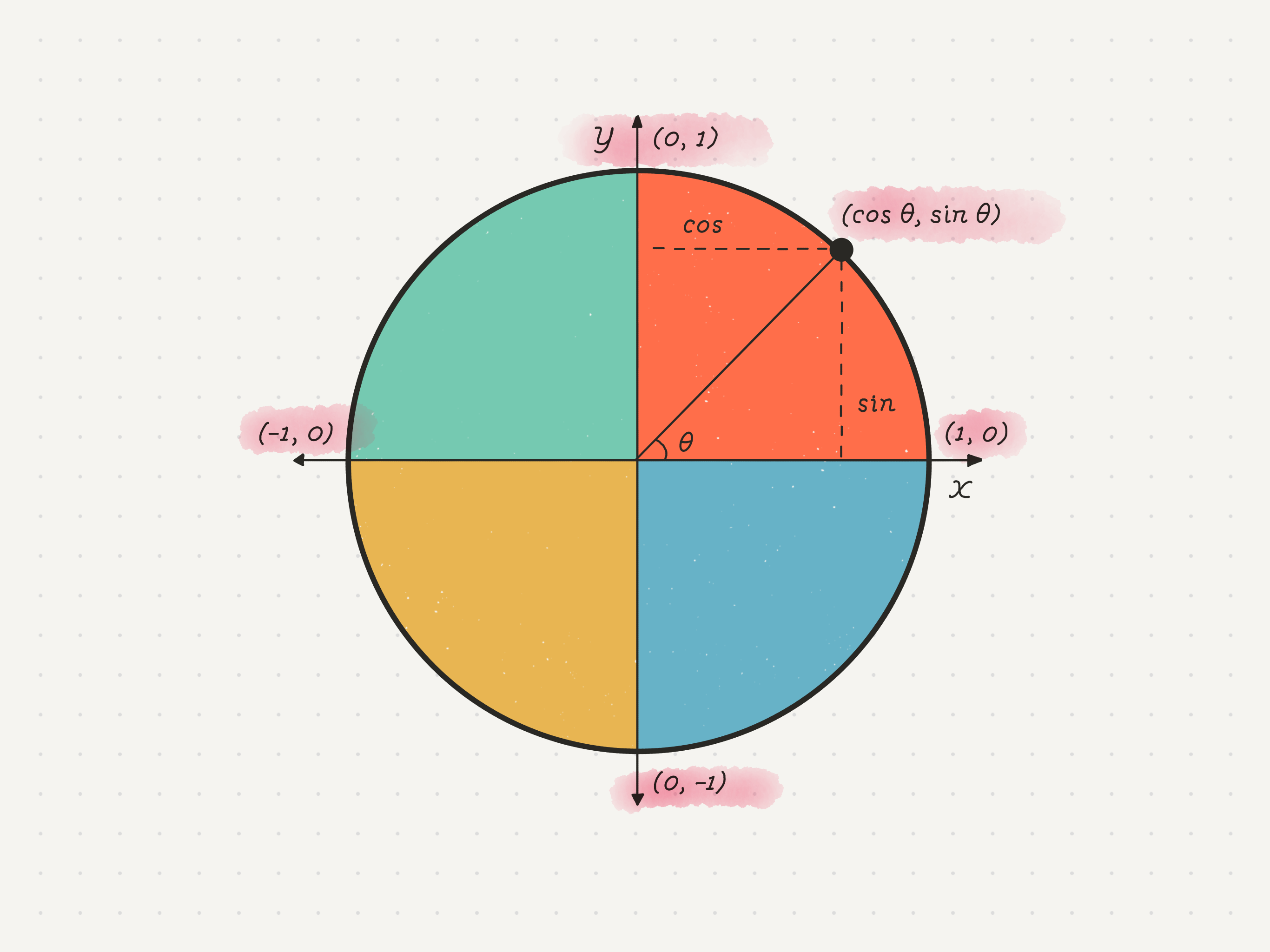
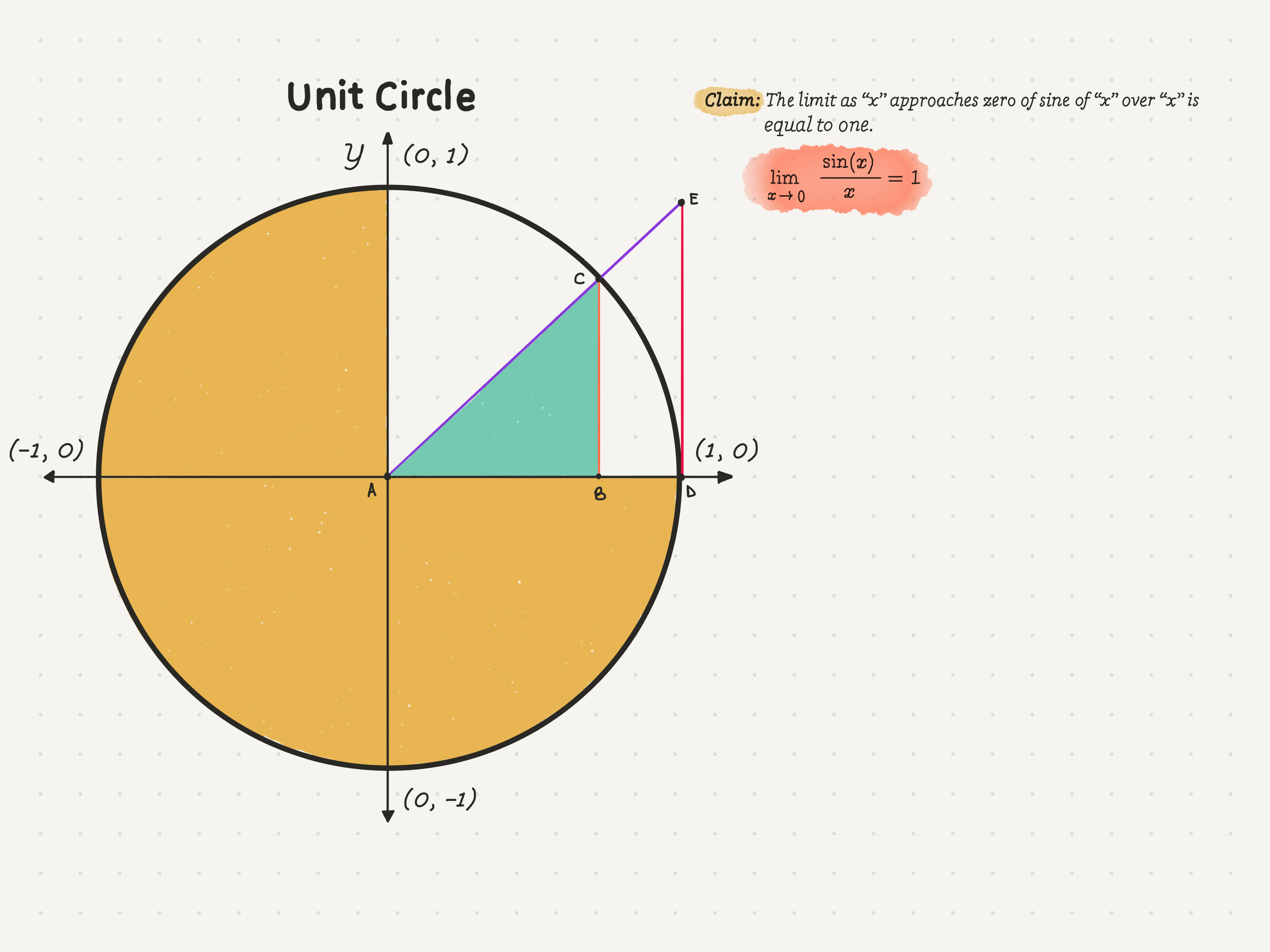

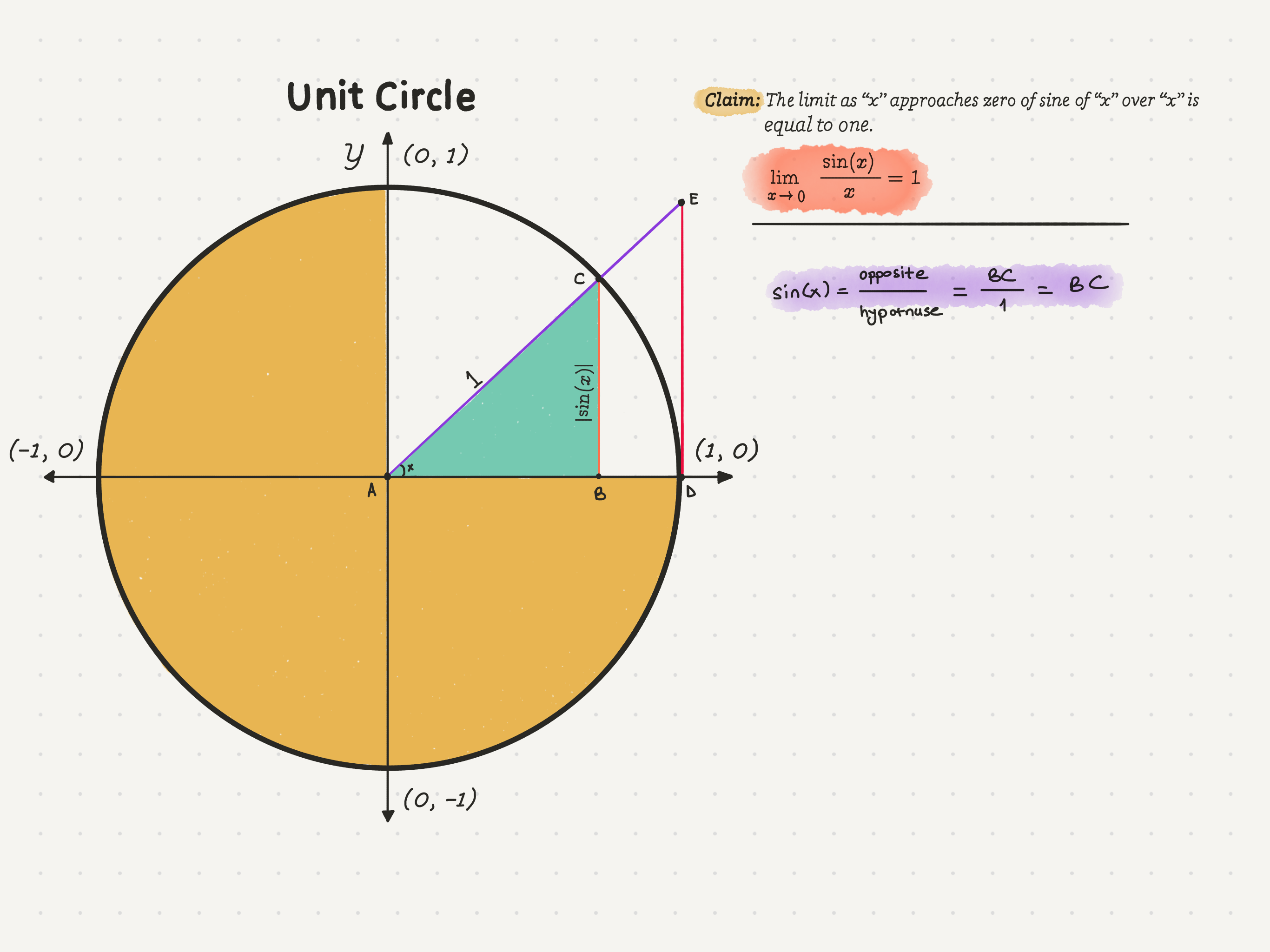

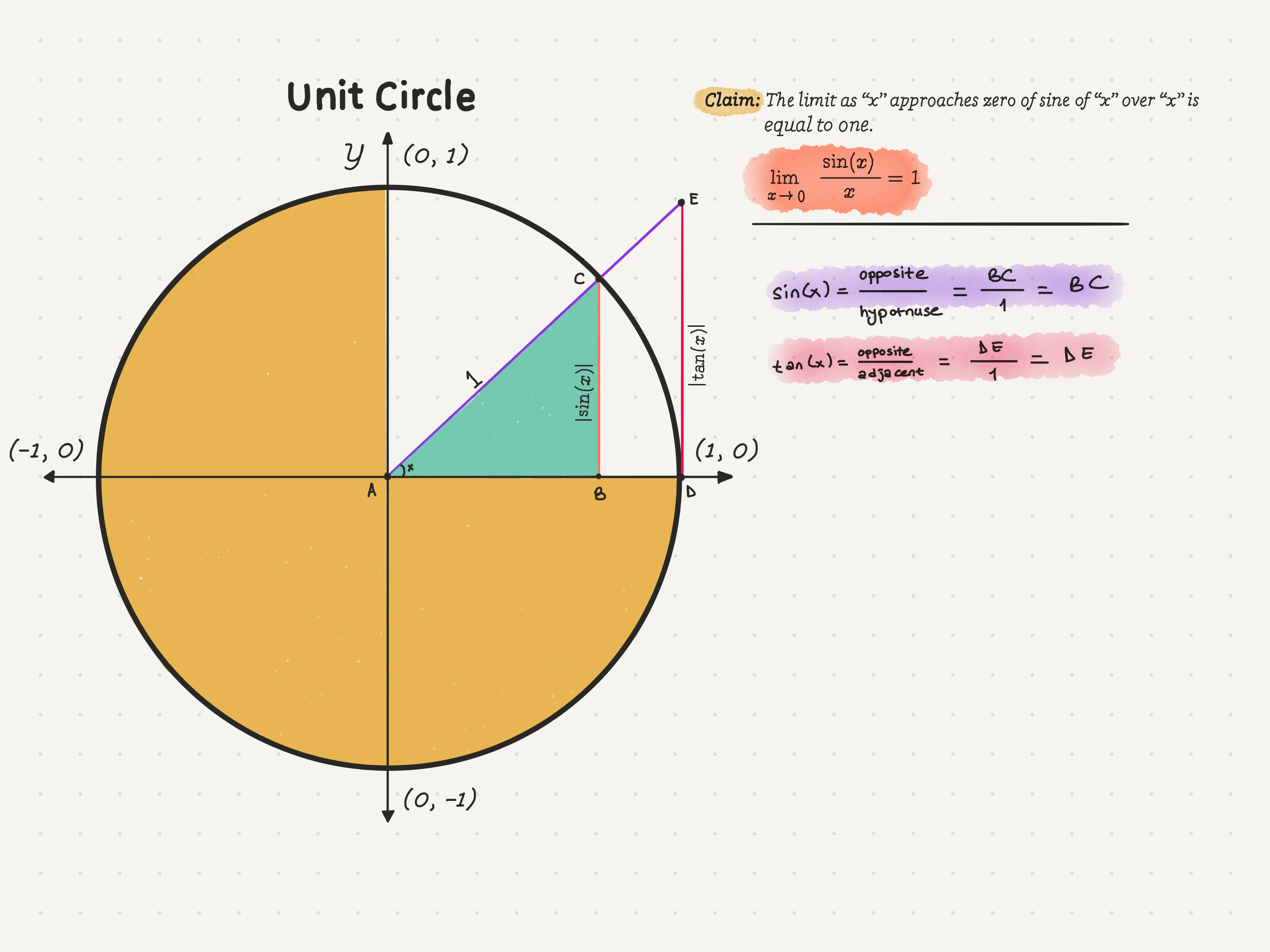

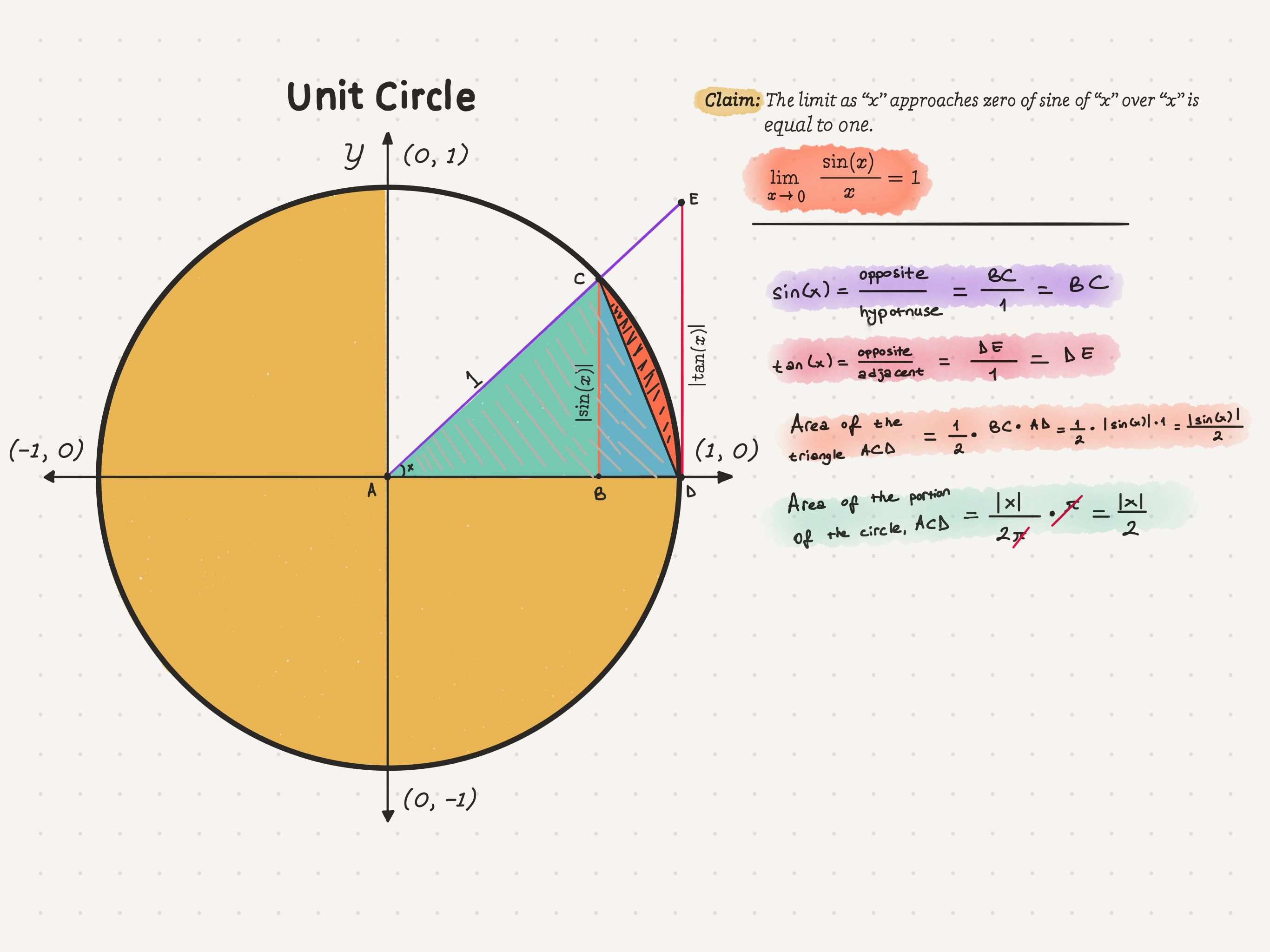

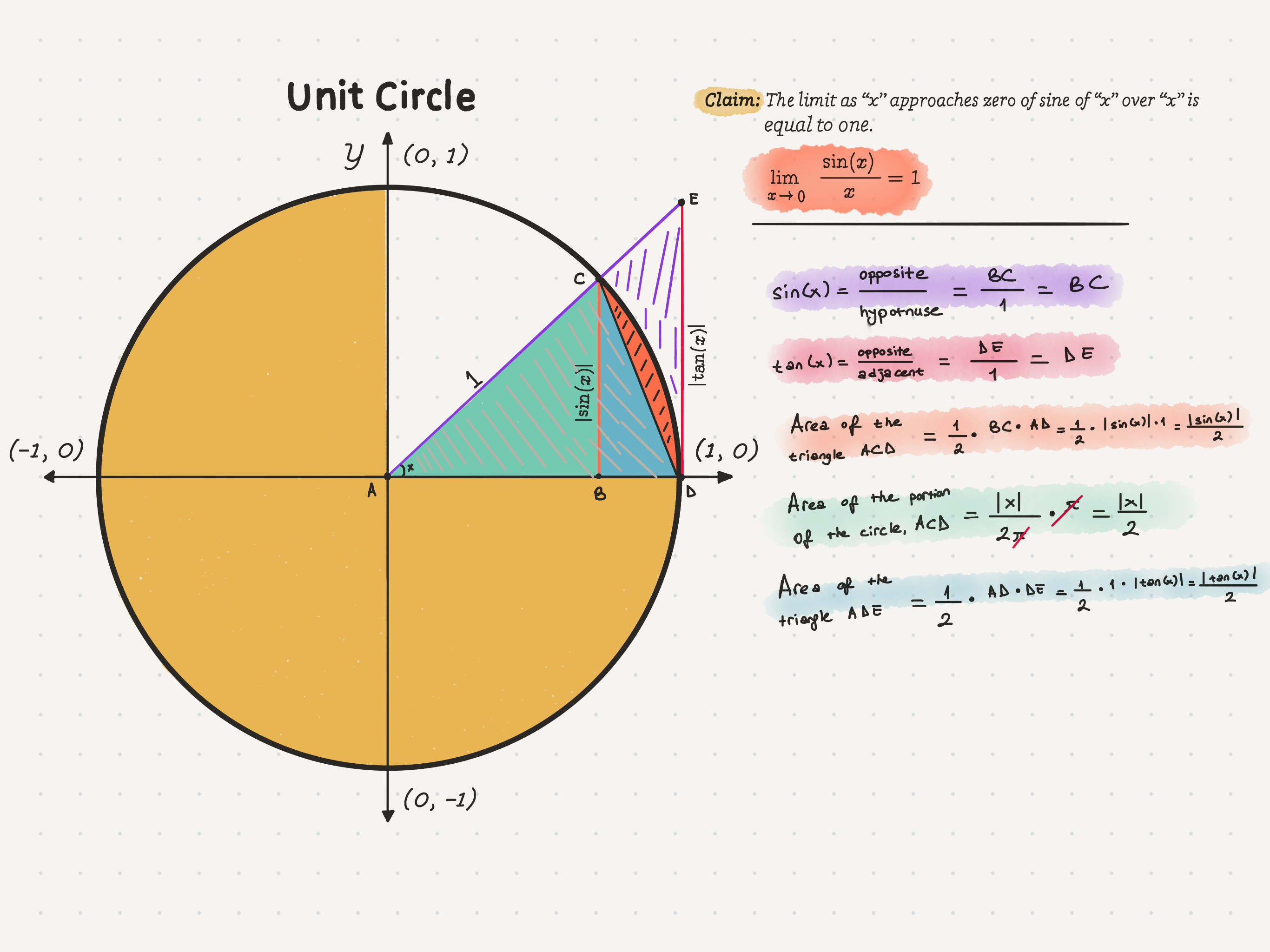
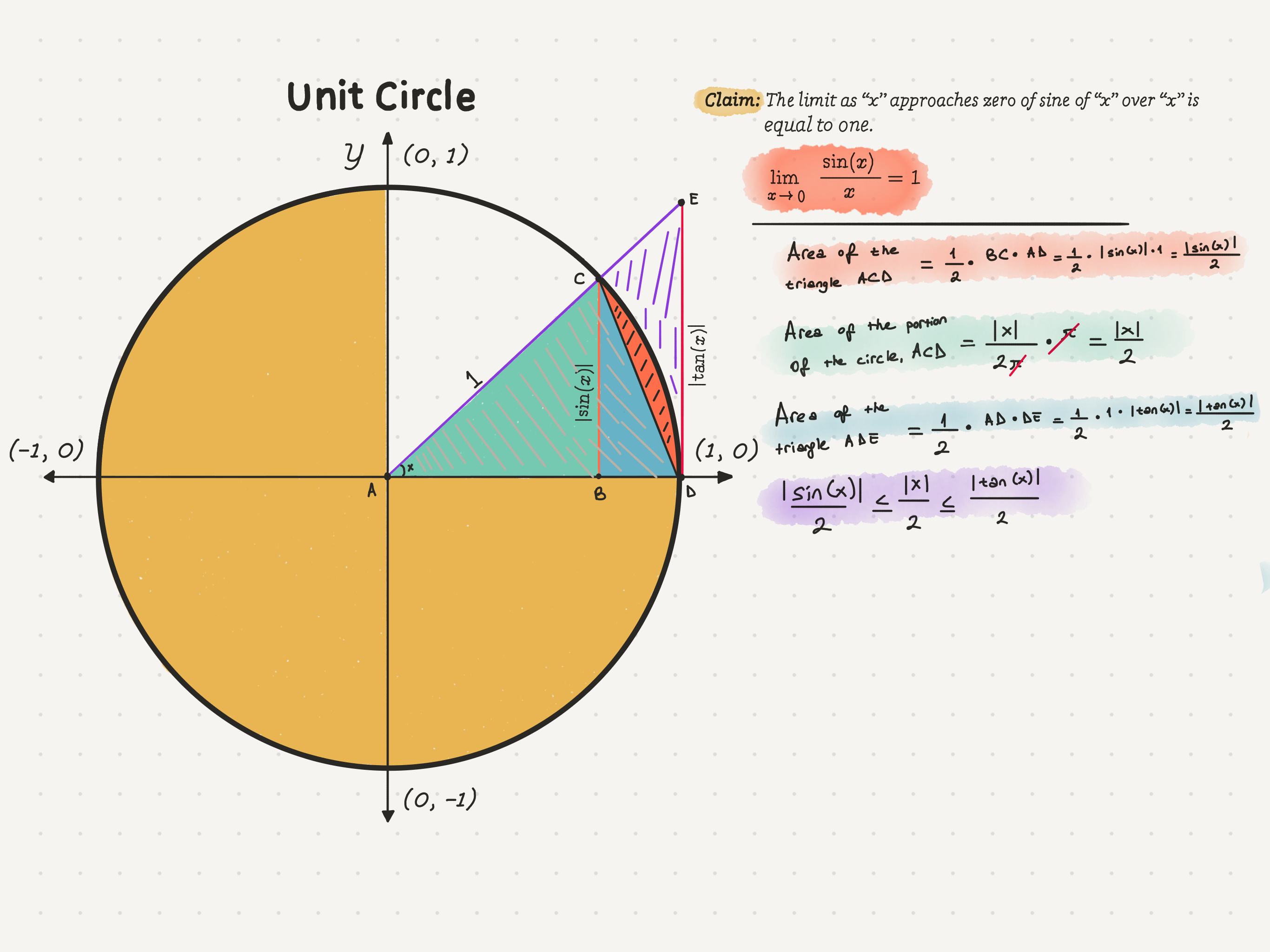

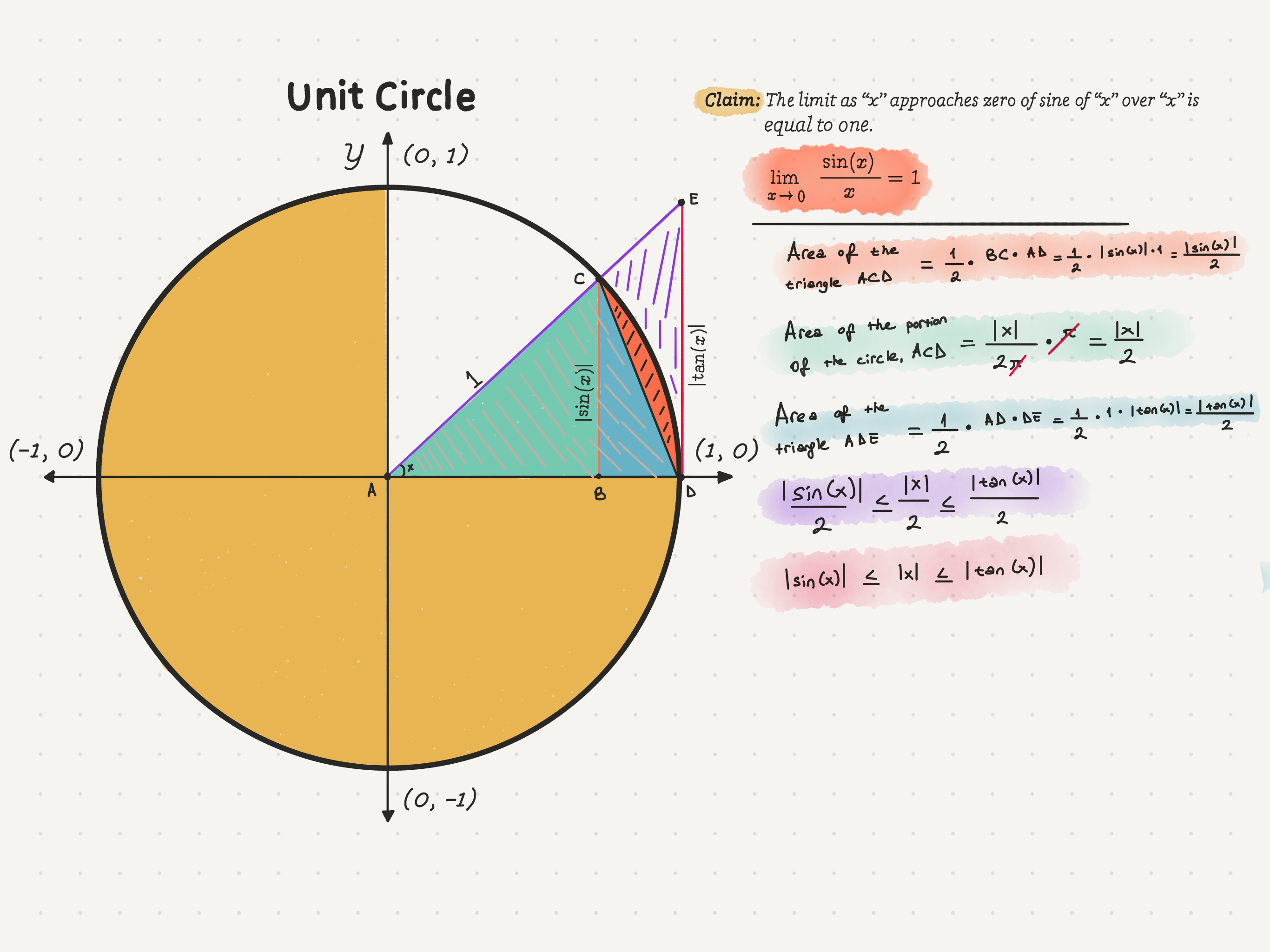

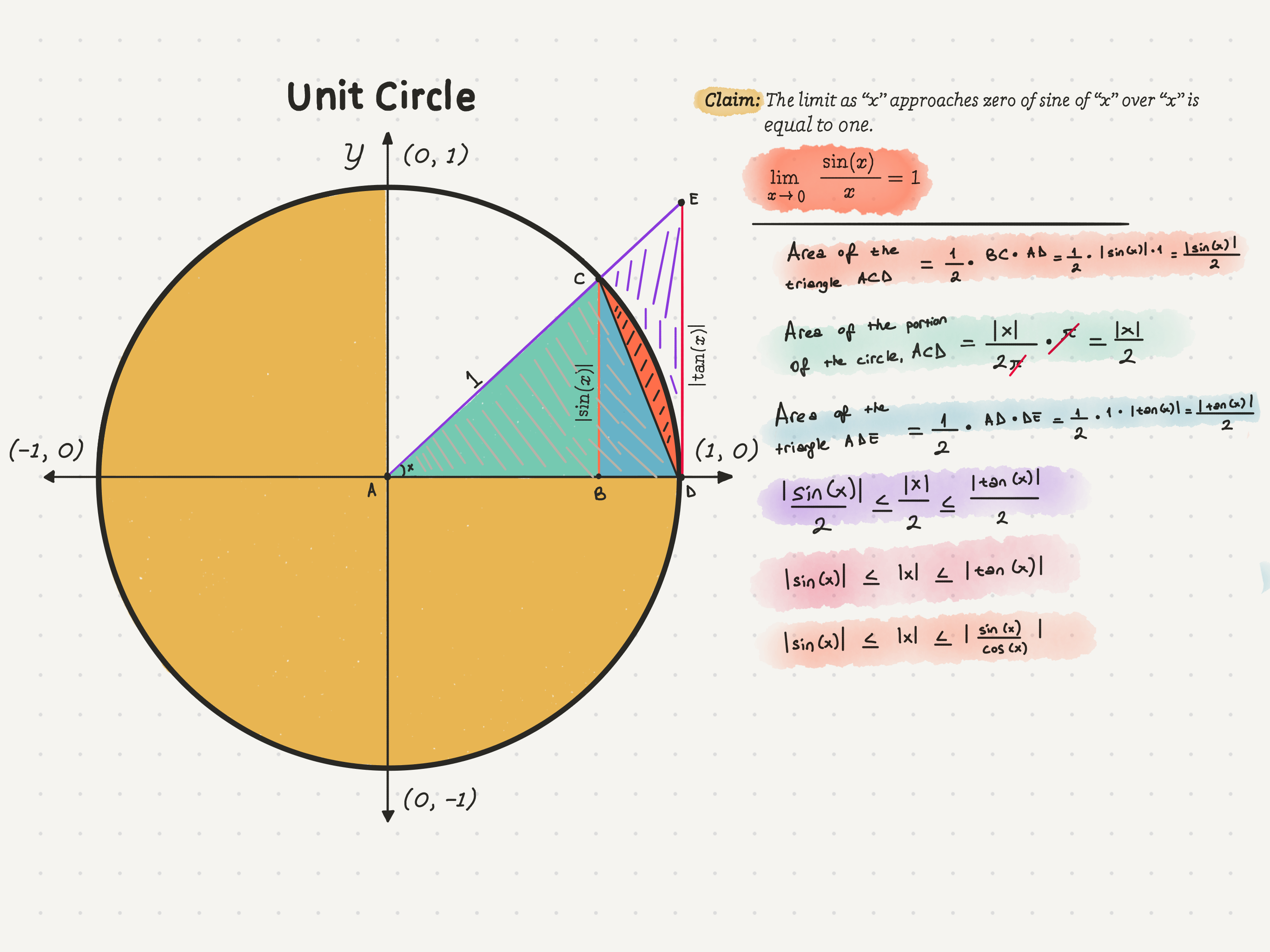

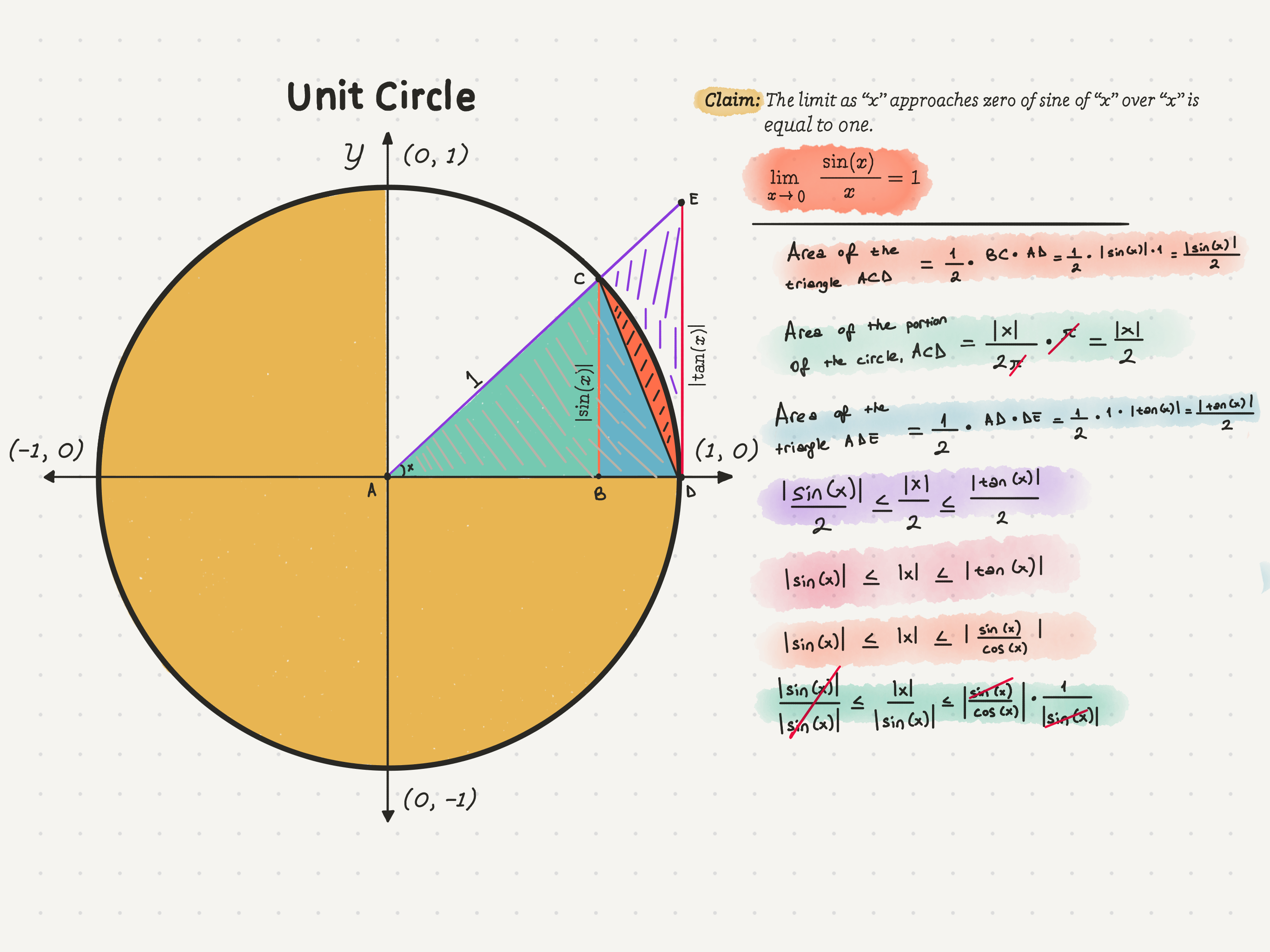

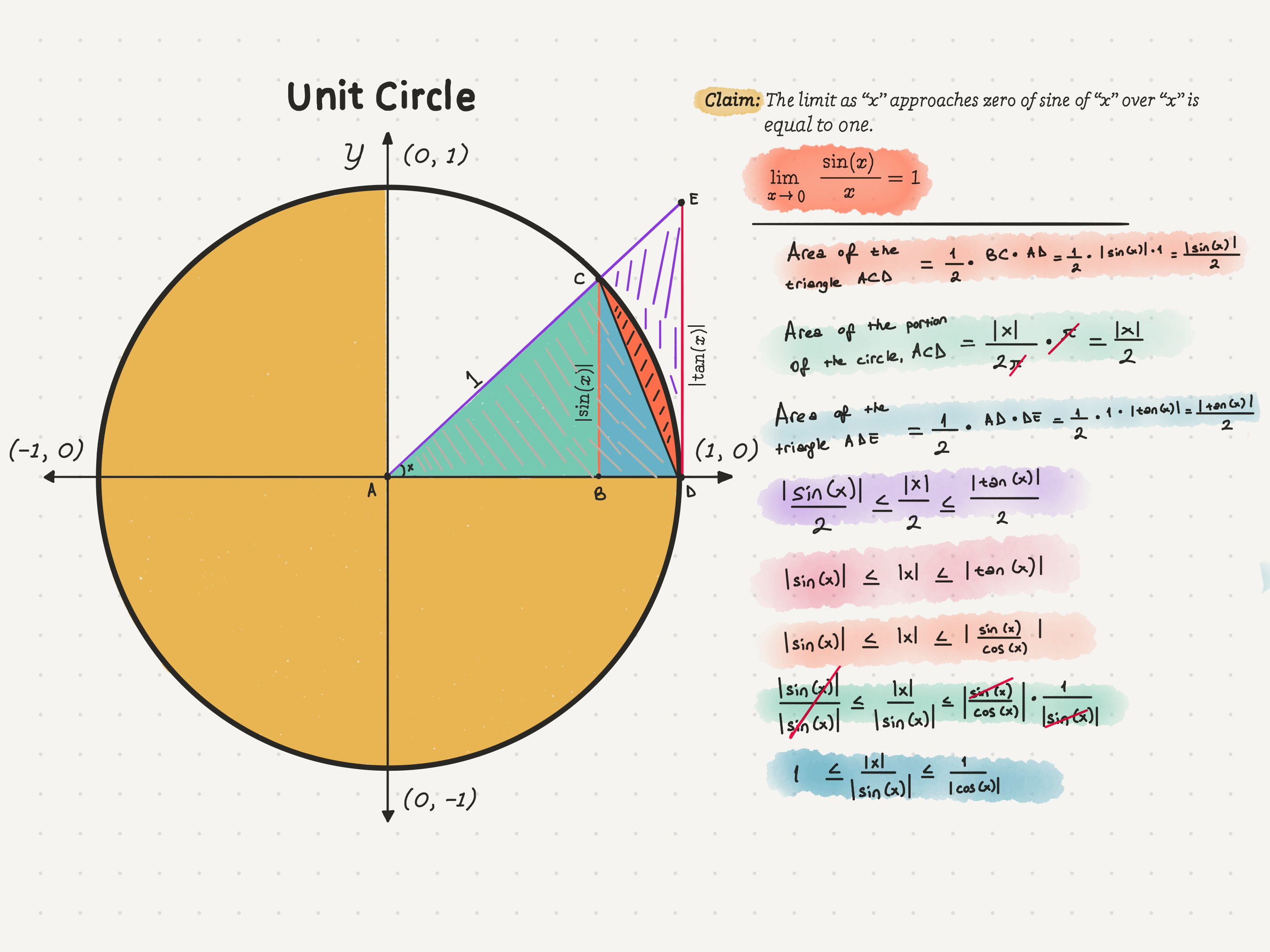

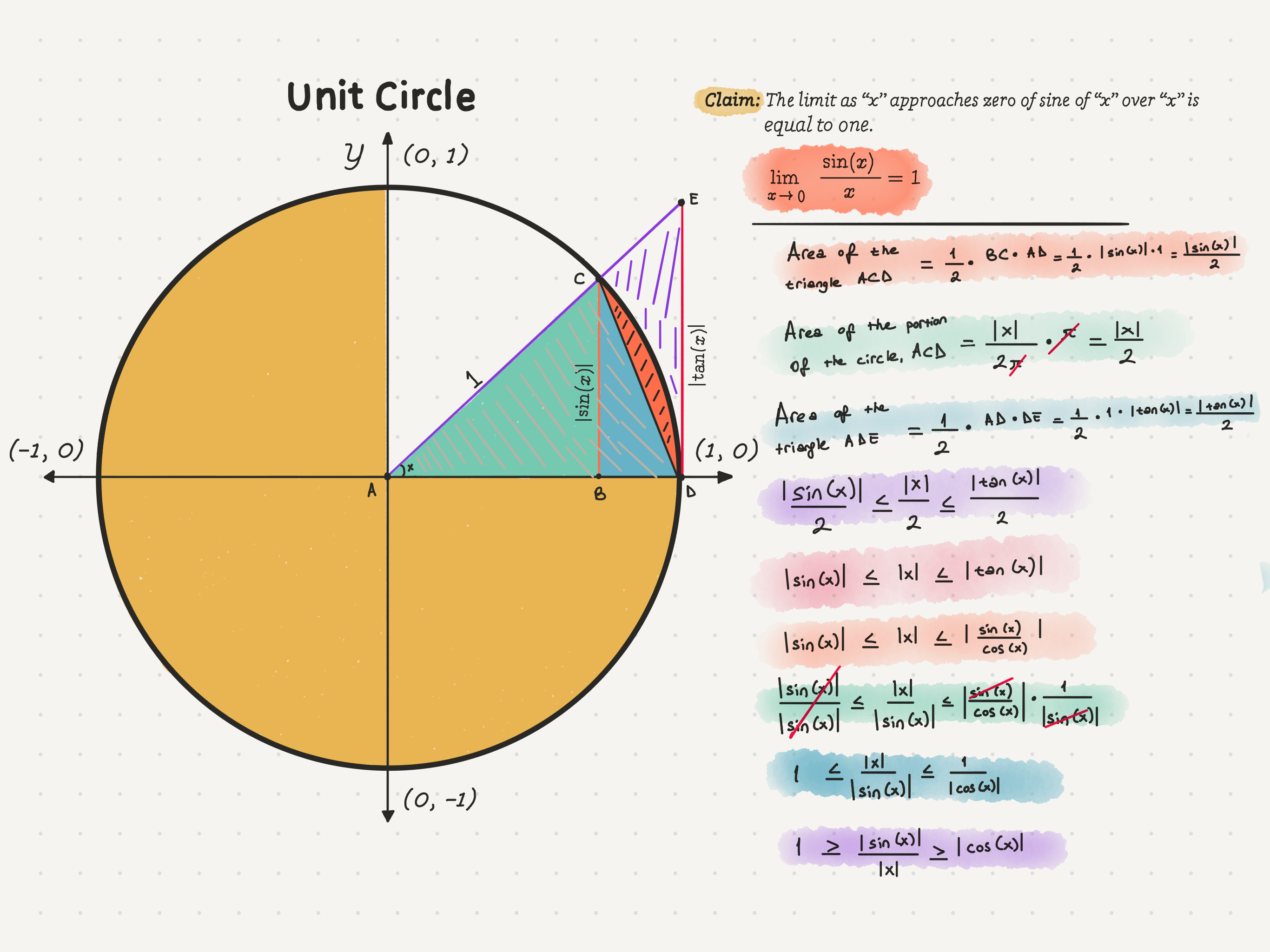



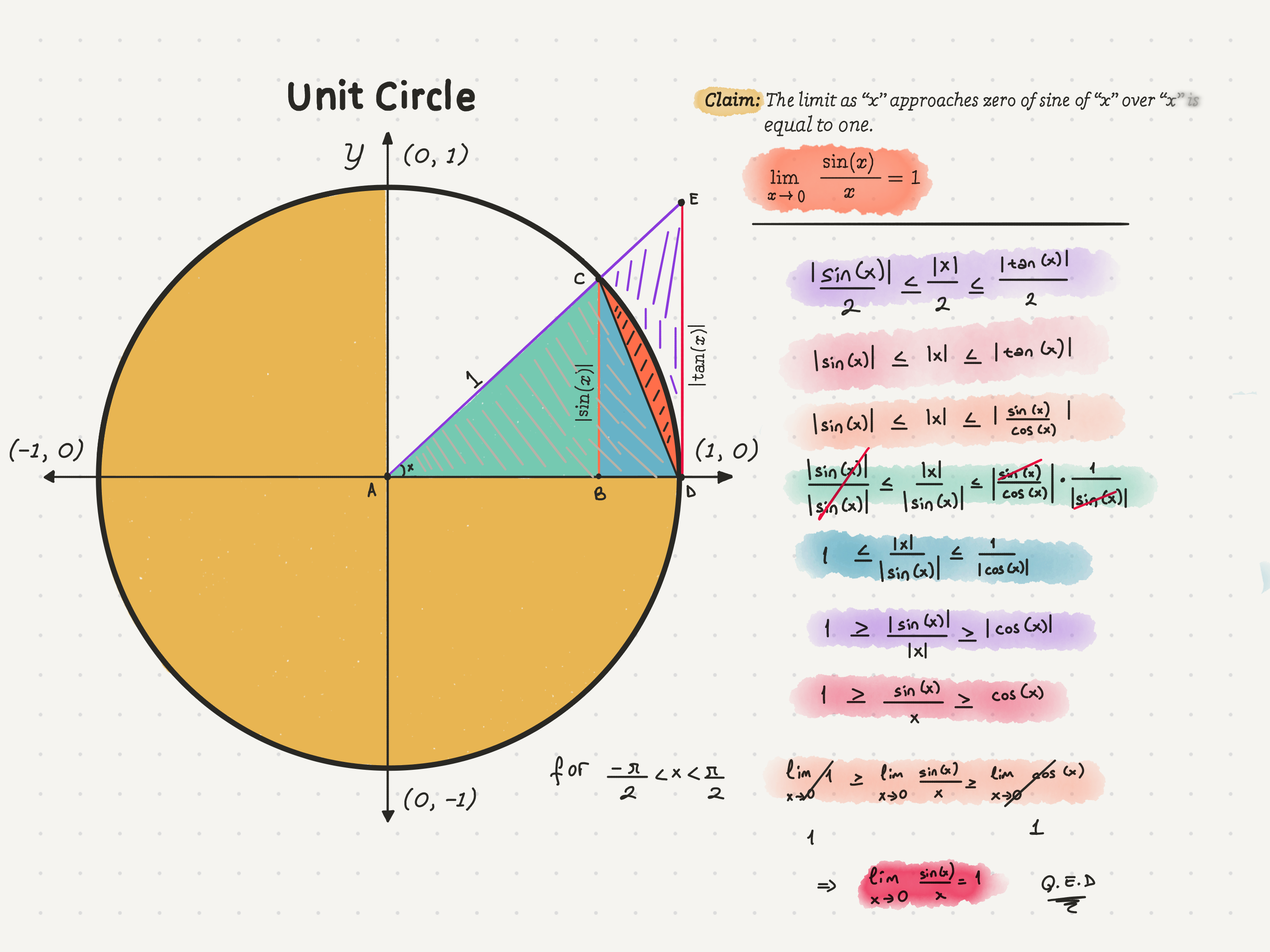

![{\displaystyle \pi ={\frac {9801}{2{\sqrt {2}}\displaystyle \sum _{n=0}^{\infty }{\frac {(4n)!}{(n!)^{4}}}\times {\frac {[1103+26390n]}{(4\times 99)^{4n}}}}}}](https://wikimedia.org/api/rest_v1/media/math/render/svg/0ff69018803625bc5b3d88da7f0e0c02ce732959)



